P.T. Barnum was a liar, a huckster, and a fraud. Oh, and a purveyor of fake news. Small wonder he’s seen in many quarters as the world’s most brilliant marketer. He took the dark arts of advertising to hitherto undreamt of heights, or depths, and did so with a Yankee swagger that was impossible to ignore and difficult not to admire.
Contrary to popular belief, he did not say, “There’s a sucker born every minute.”
His greatest rival did. Probably. That so many people thought and indeed think he did gives you some idea about how he is regarded in the popular imagination. Hugh Jackman, who plays Barnum in The Greatest Showman says of him: “His belief was what makes you different makes you special” and, for all his faults (profiting from people’s disabilities, cruelty to animals and dubious ethics), he has much to teach us today. Here are ten lessons we can learn from modern history’s greatest hoaxer:
1. Attention is everything.
Attention… Phineas Taylor Barnum knew how to grab it, knew how to keep it and knew how to use it. He also knew that it was a commodity. “I believe hugely in advertising and blowing my own trumpet,” he said, “beating the gongs, drums, etc., to attract attention to a show.”
Attention was big business in the 19th century and it is even bigger business today. Without the oxygen of attention, a brand’s flame goes out.
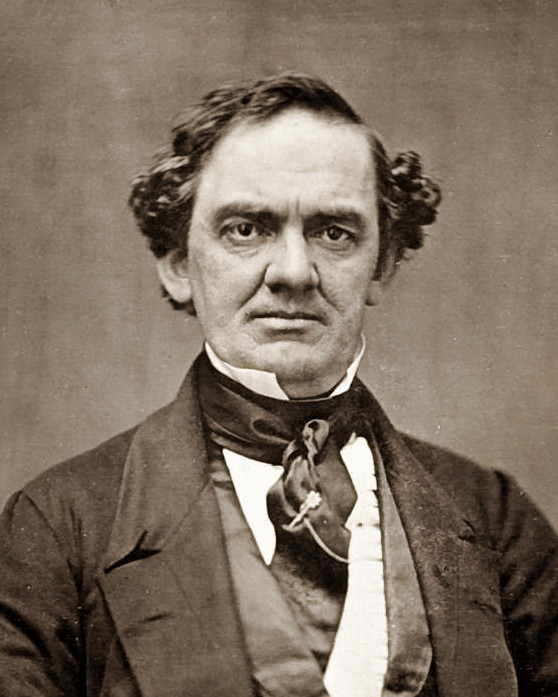
P.T. Barnum (1851)
2. Think big then think BIGGER!
“Never attempt to catch a whale with a minnow,” said Barnum. Paradoxically, one of his biggest ‘freaks’ was one of his smallest. Step forward 39-inch (99cm) tall Charles Stratton, who Barnum renamed General Tom Thumb. When Barnum took him on a tour of England, he managed to talk his way into no fewer than three audiences with Queen Victoria. She even posed with the General for a photograph which was published in newspapers around the world, thereby making Tom Thumb an international celebrity.
3. Court controversy
Perhaps his most famous oddity was the Fiji Mermaid, a monstrous hoax consisting of the torso and head of a monkey sewn to the back half of a fish. When ticket sales began to fall, Barnum sent an anonymous letter to a newspaper in which he claimed she was a fraud. The letter created yet more buzz and in turn helped sell more tickets.
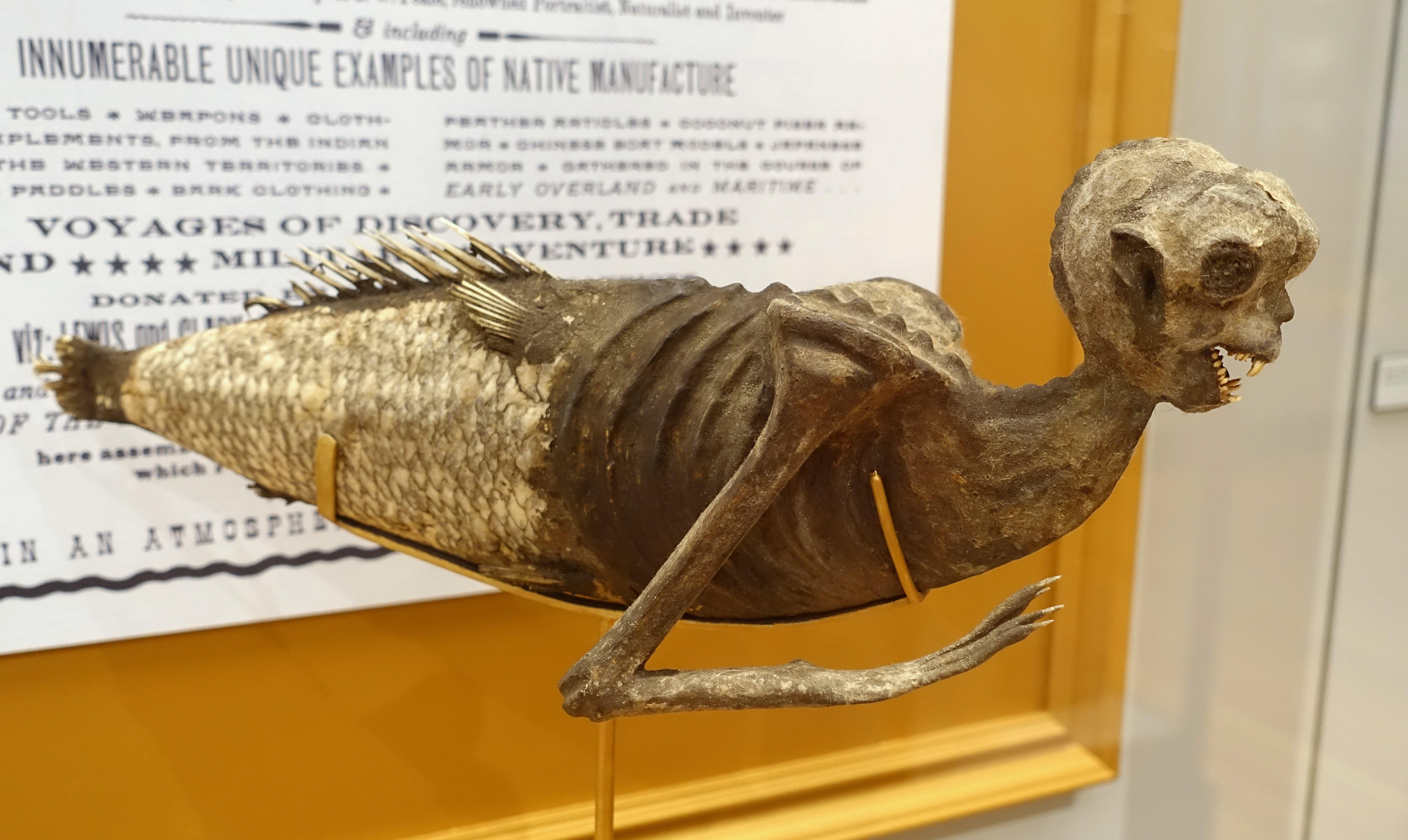 Fiji Mermaid on display at Harvard University's Peabody Museum of Archaeology and Ethnology
Fiji Mermaid on display at Harvard University's Peabody Museum of Archaeology and Ethnology
Another of his attractions was a certain Joice Heth, a slave who Barnum claimed was the 161-year-old nursemaid of George Washington. When receipts began to dry up, what did he do? He penned an anonymous letter alleging that she was a “humbug” and an “automaton.” The result? The crowds came in their droves
“There's no such thing as bad publicity” is a quote often attributed to Barnum. Whether or not he said it, he certainly held on to the principle throughout his life.
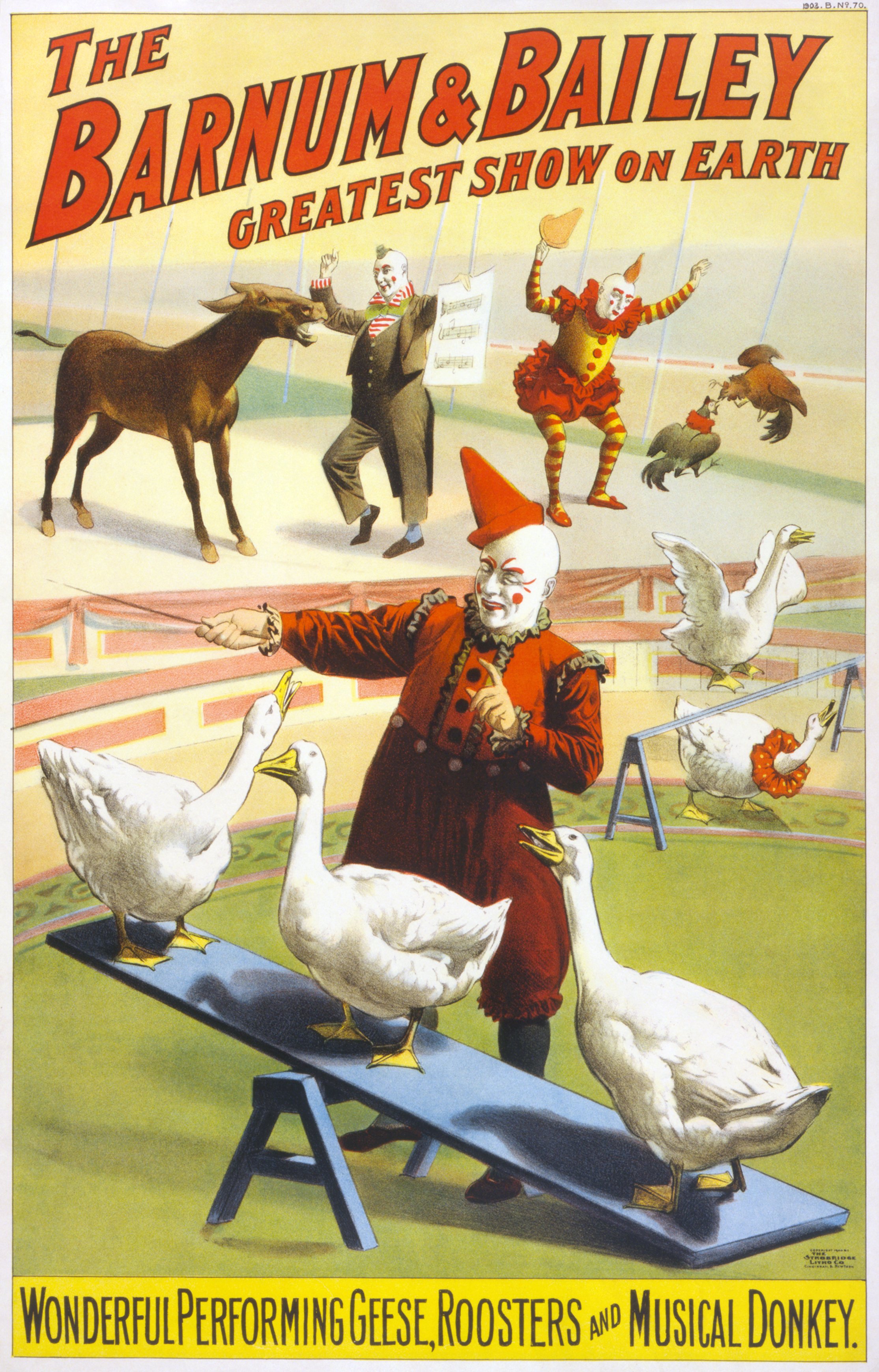
4. Pique curiosity
Barnum used an elephant to plough his garden outside his Connecticut home – the perfect means of attracting the attention of commuters on the nearby railway to New York.
To promote The American Museum Barnum paid a beggar to take five bricks and go around the block several times. At intervals, he was to place a brick on the sidewalk, always keeping one brick in his hand. One the second circuit, he was to replace each brick with the one in his hand. Once back at the museum, he was to walk around for a while before leaving via the back door and repeating the process. By his fourth circuit he had attracted a huge crowd, many of whom bought tickets. Sometimes all you need is a brick and some imagination plus, as Barnum put it, “Without promotion, something terrible happens… nothing!”
5. The power of words
Barnum knew words worked wonders, changed behaviour and ultimately made money. He wrote several books and had a talent for the pithy saying and it was he who dubbed his Barnum & Bailey Circus “The greatest show on Earth!”
During the 1870’s, ahead of the arrival of his travelling show, he would saturate towns and cities with his own newspaper, Barnum’s Advance Courier, much of which he wrote himself.
6. Integrity
Yes, integrity. For all his shenanigans, Barnum always made sure to do right by his customers. Whatever he was promoting, he always made sure there was some sort of pay-off for the public. The Barnum brand kept its promise. In short, he delivered.
7. Take control of your brand by relinquishing some control of your brand
Barnum knew he could not control every aspect of his brand. This applies today more than ever. In an instant, consumers can publish their experience and compare it with the experience of others. If Barnum were alive today, he would have learned to live with that and he would know when to let go.
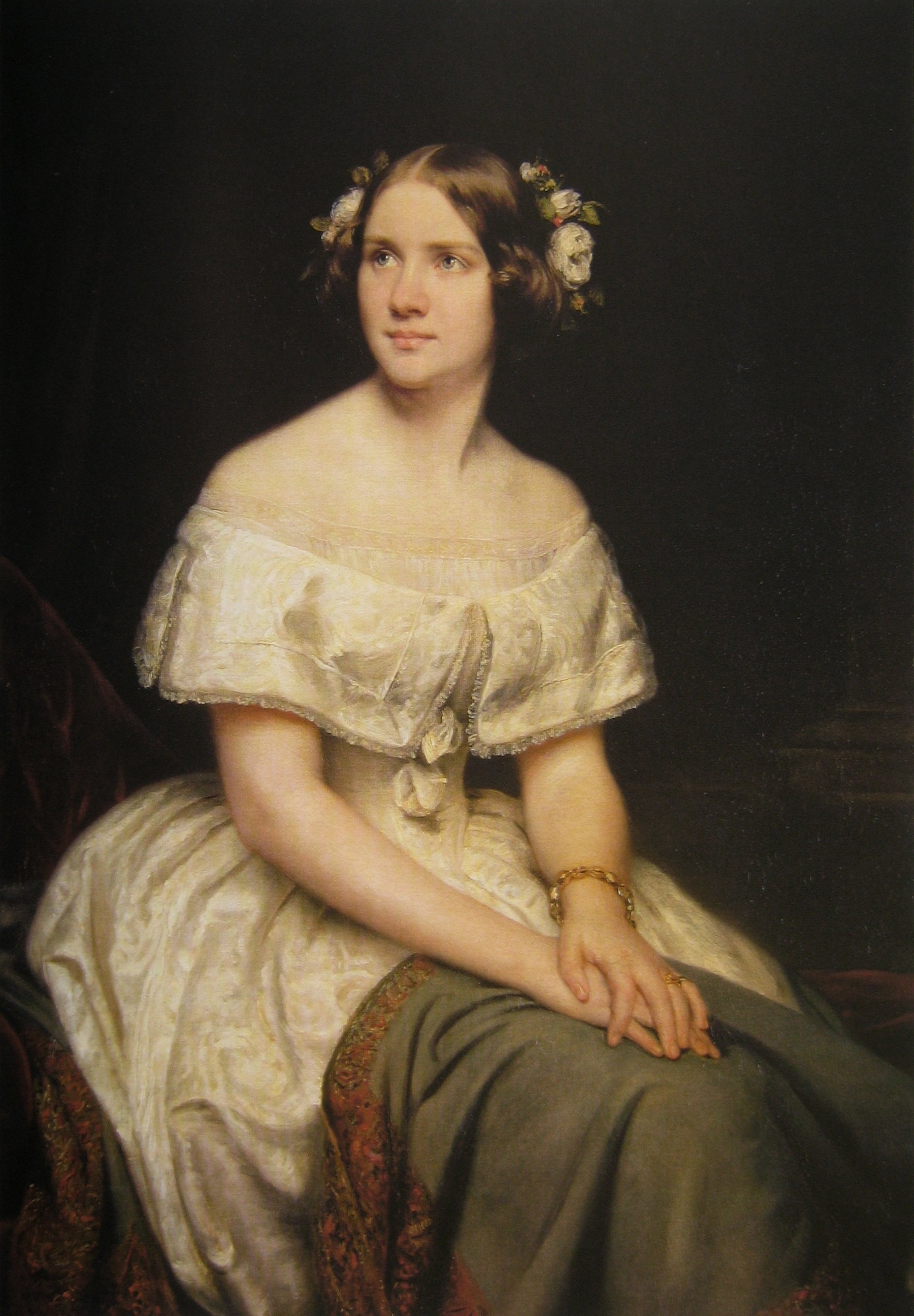 Portrait of Jenny Lind by Eduard Magnus (1862)
Portrait of Jenny Lind by Eduard Magnus (1862)
8. Don’t underestimate your audience
Soprano Jenny Lind - The Swedish Nightingale - was all but unknown in America and one might have assumed she would not have appealed to Barnum’s usual working class audience. However, at his invitation she came to America and gave 93 concerts from 1850 to 1852, earning her $350,000 and Barnum a cool $500,000.
9. Don’t be obvious
Some 140 years before Edward de Bono coined the term, Barnum was a master lateral thinker. He was wont to place small orchestras on balconies overlooking the streets to promote his American Museum in New York. A banner read: “Free music for the millions”. However, he made it his business to employ the worst musicians in New York and their cacophony had the effect of driving the public into the museum. Ingenious!
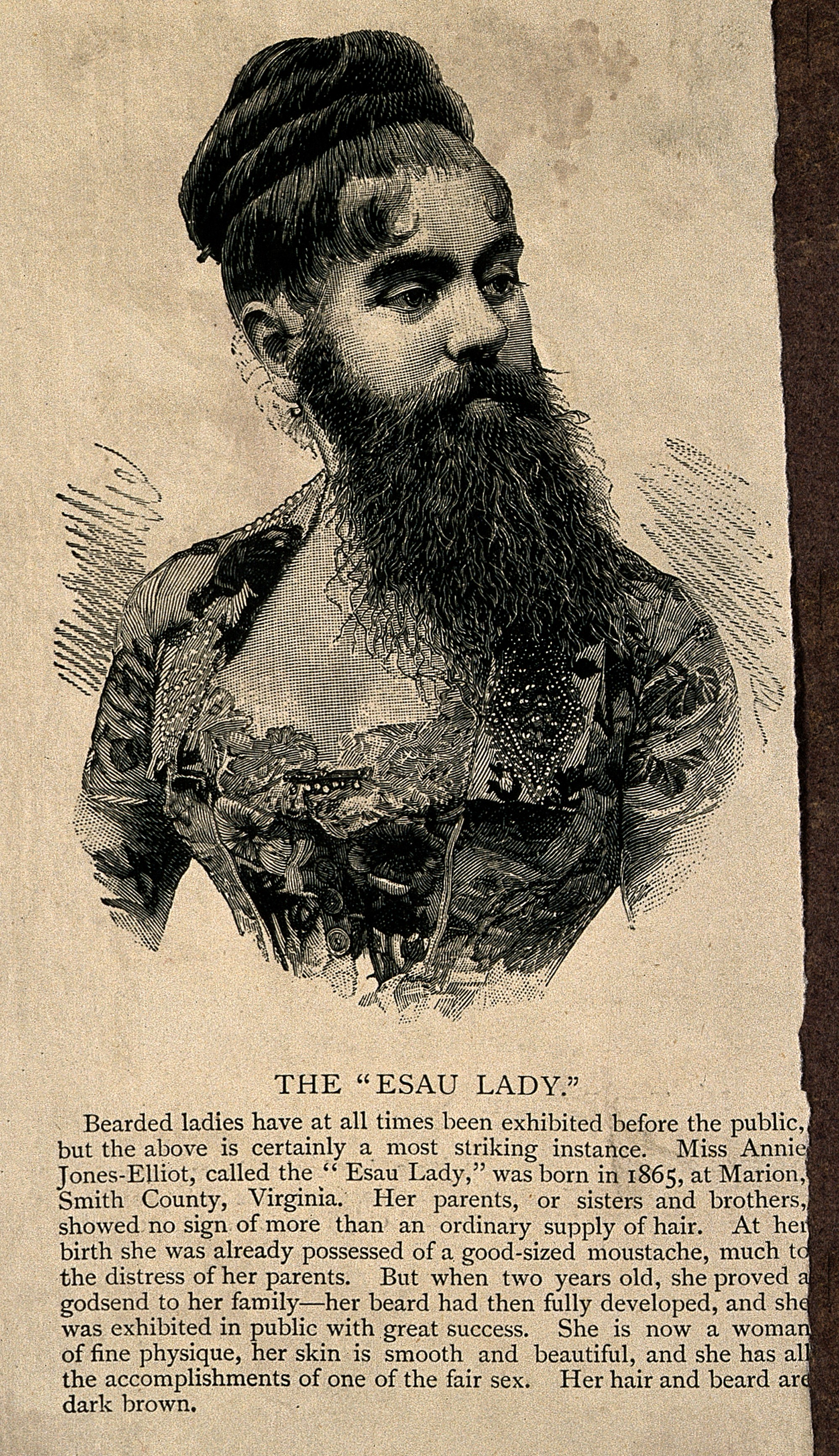
Annie Jones-Elliot (circa 1890). Miss Jones was exhibited by Barnum from the age of nine months.
10. The importance of visibility and the cult of personality
To Barnum, being dull was the cardinal sin. He spent his life doing his utmost to stand out from the crowd and his name became his brand. Long before the likes of Richard Branson and Elon Musk came along, P.T. Barnum wrote the book on personality marketing.
Alex Beeching
Alex Beeching is a UK-based illustrator, writer and award-winning artist. He is the author of the bestselling activity book, Draw Yourself Happy. You'll find him at Alex Beeching Art. If you enjoyed reading about P.T. Barnum, please share the article by clicking one or more of the social media icons.
Never miss a blog post. Click the button below.

